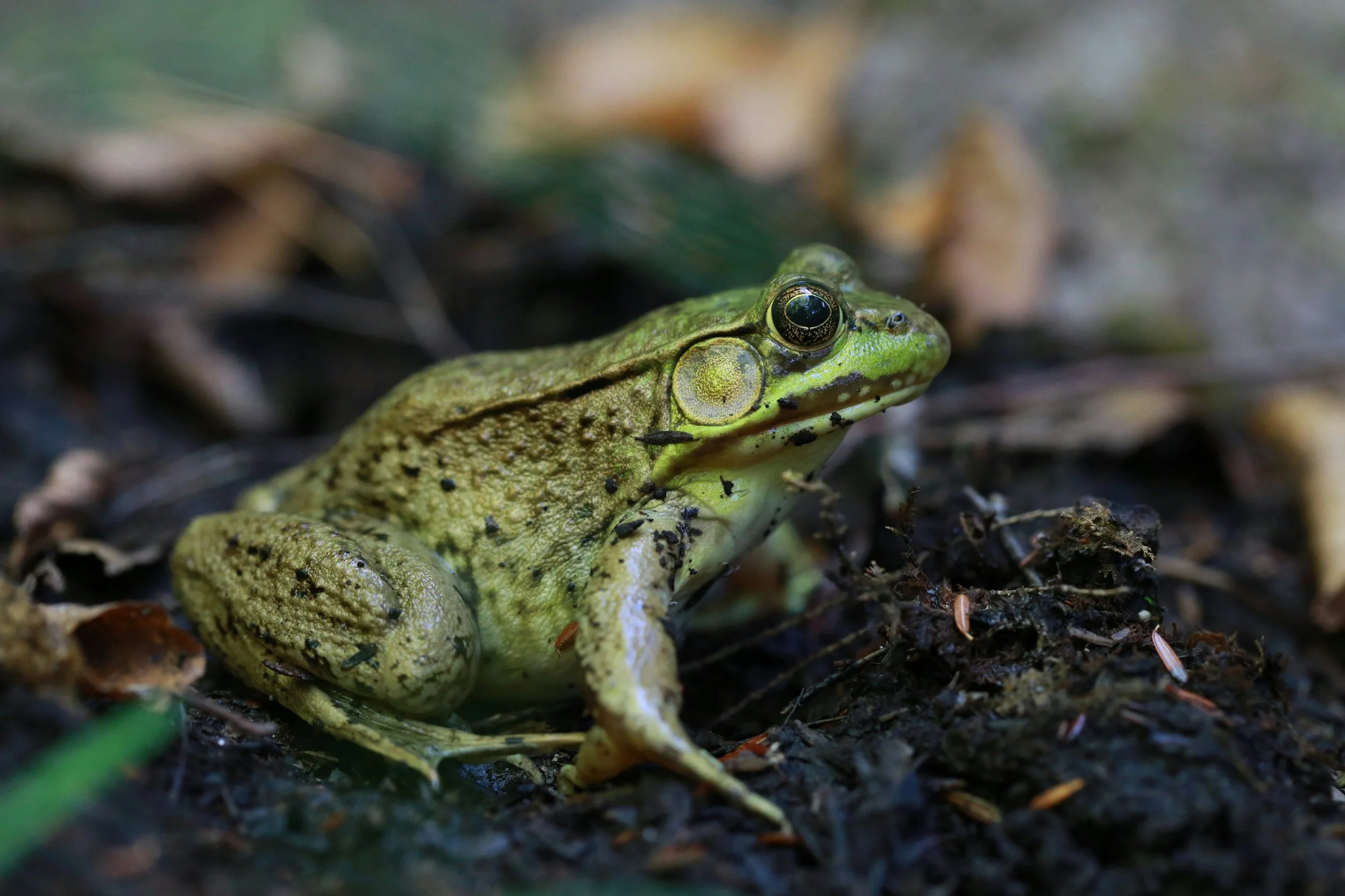Spring Awakening: How Animals Prepare for the End of Winter
Photo by Jan-Niclas Aberle on Unsplash
As the chill of winter begins to thaw and the days grow longer, the animal kingdom stirs back to life with preparations for the spring. This seasonal shift is crucial for survival, prompting a flurry of activity in wildlife across various habitats. Here’s a closer look at what different animals start doing as they prepare for the end of winter and the onset of spring.
Birds: Migration and Nesting Many bird species start their migration back to their spring breeding grounds. This journey is often thousands of miles and includes stops along the way to refuel. Upon arrival, their focus shifts to building nests. Species like robins and sparrows gather materials like twigs and mud to construct their homes for the upcoming breeding season.
Mammals: Emerging from Hibernation Bears, bats, and other hibernating mammals begin to wake as the weather warms. They emerge from their dens or caves hungry and immediately start searching for food to replenish their depleted energy reserves. This is also the mating season for many mammals, so much of their energy will go towards finding mates and reproducing.
Amphibians: Breeding Explosions Frogs and salamanders, which may have been dormant under ice or mud, become active with the first warm rains of the season. They migrate to ponds and other bodies of water to partake in mass breeding events, often filling the night with choruses of calls.
Insects: Metamorphosis and First Flights Insect life cycles kick into high gear with the warmth of spring. Many insects, such as butterflies and moths, emerge from the pupal stage and immediately seek out mates and begin laying eggs. Others, like bees, start to venture out of their hives to collect pollen and nectar from early-blooming flowers.
Reptiles and Fish: Sunning and Spawning Cold-blooded reptiles, slow and sluggish during the cold months, bask in the increased sunlight to raise their body temperatures. Fish that spawn annually, like salmon, start moving towards their spawning grounds, an instinctive journey that ensures the continuation of their species.
The Importance of Early Spring Activity These preparations are vital for the continuation of species and the health of ecosystems. They also offer a fantastic opportunity for nature lovers and families to observe wildlife as it transitions into a period of growth and renewal.
Understanding these natural rhythms not only deepens our appreciation of nature but also highlights the importance of conserving habitats that support wildlife throughout these critical periods.


